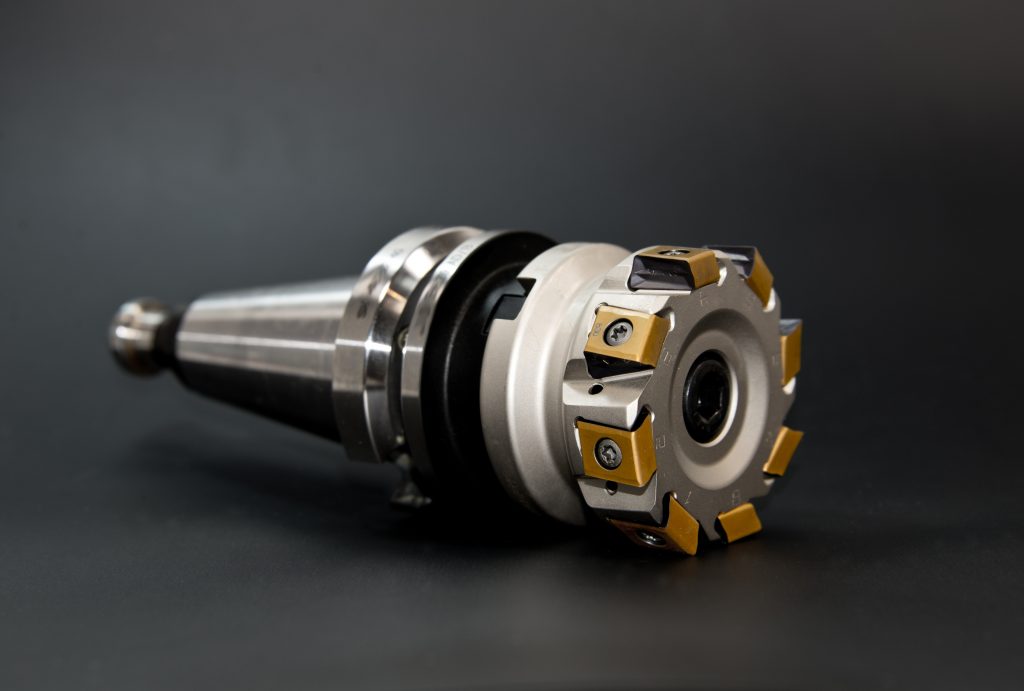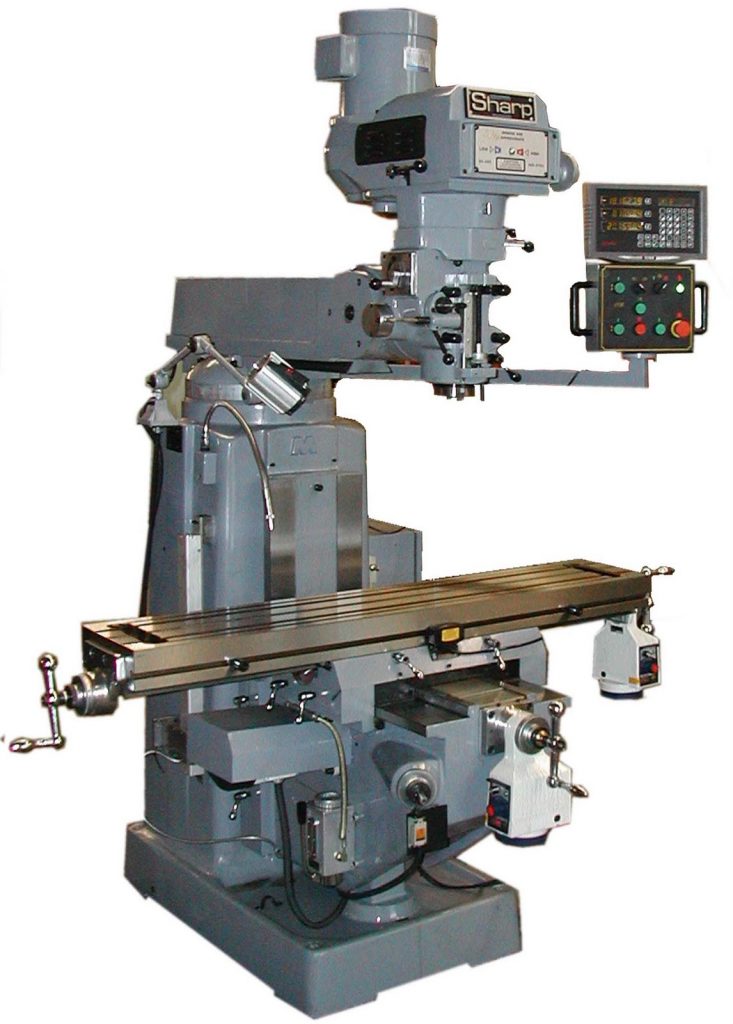What is CNC Milling?
CNC milling is a machining process where computerized controls and rotating multi-point cutting tools are used to remove material from a workpiece and produce a personally designed part or product. This is very suitable for machining and making a wide range of materials such as metal, plastic, glass, and wood.
multiple things are capable under the catagory of precision CNC milling services. These include, Mechanical, Chemical, Electrical, and Thermal processes. CNC milling is a mechanical machining process along with drilling, turning, and a many other machining processes.
The most common CNC milling operations include:
- Face milling
- Plain milling
- Angular milling
- Form milling

What components does a Milling Machine have?
Horizontal Milling Machines
Horizontal milling machines get their name from the position of the cutting tool. The axis lies horizontally and is used this way to get the desired outcome.
The components to a horizontal milling machine are pretty straight forward. The cutting tool attaches to the arbor. When a change of tooling is necessary, you can remove the arbor and its bracket to replace tools and other components that may need replacing.
Applying the workpiece onto the working table will require a vise.
Newer machines may look a little bit different, making them suitable for automation. Horizontal milling centres may have multiple spindles with a variety of tools on them for a quicker turnaround time. Also, the table as well as the tools can move in more directions.
How to set up the machine?
Although CNC machines do the work automatically, some other aspects of the process may need a machine operator. For example, Applying the workpiece to the worktable and attaching the milling tools to the spindle of the machine.
Manual milling depends majorly on the operators while newer models have more advanced automated systems. Modern milling machines may also have live tooling possibilities. This means that they can change the tool as the manufacturing process is active. Also, this means that there are fewer stops during the process however someone still has to set them up before the job starts.
After the setup is done, the operator will check the machine one last time before giving it the green light to start its process.
